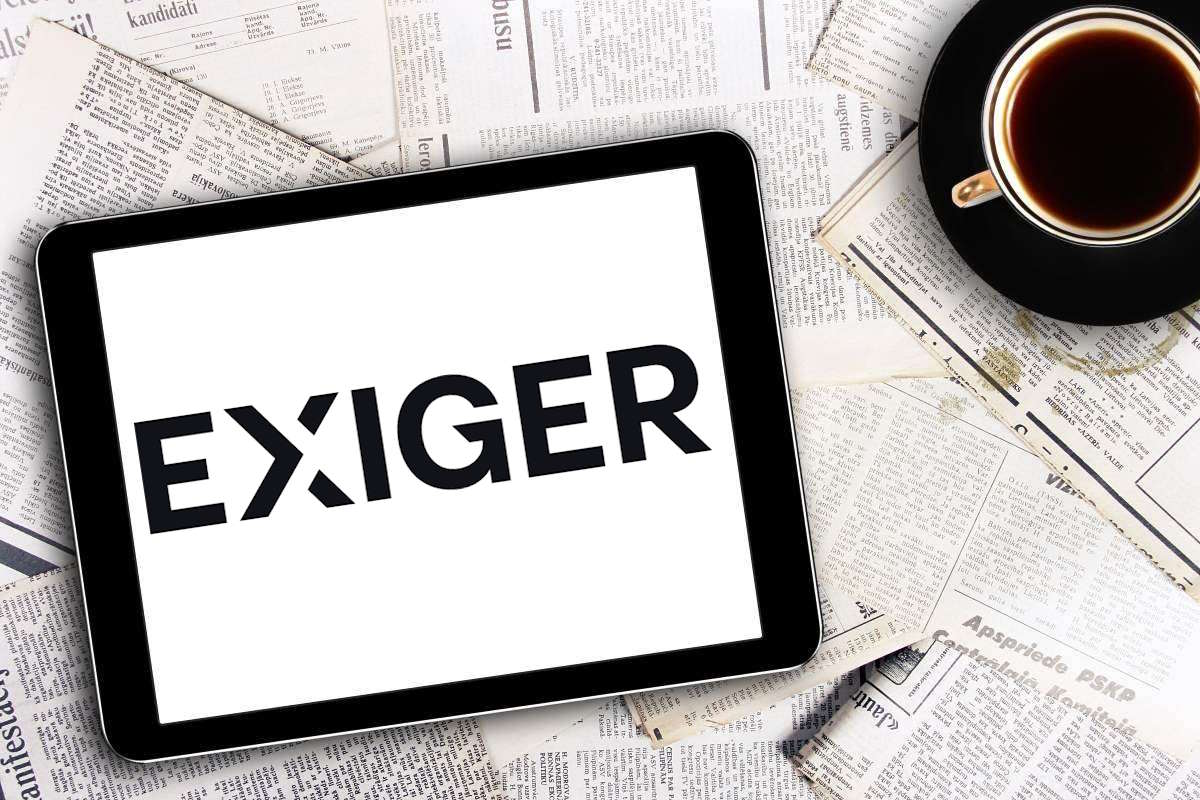
China’s Leap into AI: Meta Models and Military Ambitions
In a groundbreaking revelation, research institutions associated with China’s People’s Liberation Army (PLA) have reportedly harnessed Meta’s publicly available Llama model to devise an AI tool poised for military applications. This information comes from several recent research papers that detail the capabilities of this creation, dubbed ChatBIT. This AI bot, developed using Meta’s Llama 13B large language model, is said to be capable of gathering and analyzing intelligence to inform operational decisions, boasting an impressive capability that stands at about 90% of that of OpenAI’s leading ChatGPT-4.
 Emerging AI technologies pose challenges in military contexts.
Emerging AI technologies pose challenges in military contexts.
Who Is Responsible for AI’s Unleashed Potential?
The ramifications of such developments compel us to reflect on the very nature of responsibility in AI deployment. Meta has publicly declared that its policy forbids the use of its models for military or espionage purposes. According to Molly Montgomery, Meta’s director of public policy, the PLA’s use of Llama is both unauthorized and strictly contrary to Meta’s acceptable use policy. Nonetheless, this raises pertinent questions about the extent of control tech companies wield over their creations once they are publicly released. The reality remains that the openness of AI models lends itself to exploitation, as demonstrated by the PLA’s initiative.
It’s striking that even an outdated model can be leveraged toward such innovative applications, especially when China is investing massively — reportedly over a trillion dollars — to claim superiority in the global AI arena. Montgomery urges the United States to address its own AI funding and investment strategies to prevent being outpaced by emerging powers.
The Global AI Race: Military-Grade Applications Emerging
Notably, the United States military has actively engaged with AI developers, including OpenAI, to create tools such as military wargame simulations and enhanced cybersecurity solutions. Following adjustments in their user agreements, OpenAI has opened its technology to military applications, a notable shift that aligns with broader trends in AI integration across defense agencies. This raises the banner of competitiveness — nations worldwide are racing toward advancements that could redefine future warfare and intelligence operations.
 Competition among global military powers escalates.
Competition among global military powers escalates.
The U.S. military’s collaboration with tech giants signifies a shift from traditional methodologies to data-driven strategies that depend heavily on AI’s predictive capabilities. Ironically, diversification into utilizing AI in defense is paralleled by increasing concern regarding intelligence and data security, particularly when it comes to foreign adversaries leveraging similar technologies.
Anticipating Risks and Safeguarding National Security
The growing fears surrounding China’s use of American AI models have not gone unnoticed. The Biden administration is actively working to fortify regulations concerning data handling, as outlined in President Biden’s Executive Order on Preventing Access to Americans’ Bulk Sensitive Personal Data. This directive underscores preventing data abuse by “countries of concern,” which may refine AI technology to improve their surveillance and warfare capabilities.
This offensive approach underscores a vital realization: nations dependent on technological advancement must safeguard their information and intellectual property vigilantly. The recent bill aiming to impose export controls on AI systems highlights a proactive step towards maintaining a competitive edge while protecting national security interests.
The legislative moves, exemplified by the ENFORCE Act, would provide the U.S. President with enhanced authority to oversee AI-related activities crucial to national defense. This evolving landscape illustrates the complexity of ethical and strategic considerations that must be navigated as AI becomes further intertwined with military operations.
 Military solutions evolve with AI advancements.
Military solutions evolve with AI advancements.
Conclusion: The Balancing Act of Innovation and Control
As the battle for AI dominance amplifies, the lines between innovation, ethics, and national security continue to blur. What we bear witness to is not just the technical proliferation of AI, but the unfolding narrative of global power dynamics and how they shape our collective future. The stakes are high, and what remains clear is that the global community must develop frameworks that ensure responsible AI development and deployment.
In this race, understanding the motivations and implications of technological advances will be the cornerstone of strategic planning and policy-making. We must engage with one another in conversations that shape ethical standards and regulatory frameworks while fostering an environment that encourages innovation rather than restriction.
In this rapidly evolving space, we stand at a crossroads where every decision made today will echo in the future of warfare, communication, and possibly, our very fabric of society. The imperative is clear: collaborating on international guidelines rooted in mutual respect and transparency could pave the way toward a future where AI serves humanity rather than jeopardizes it.














